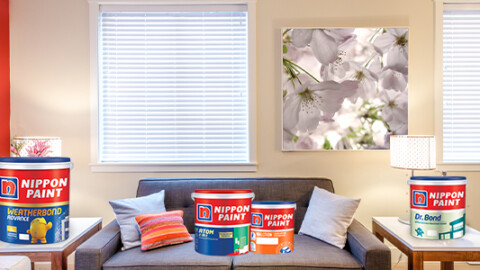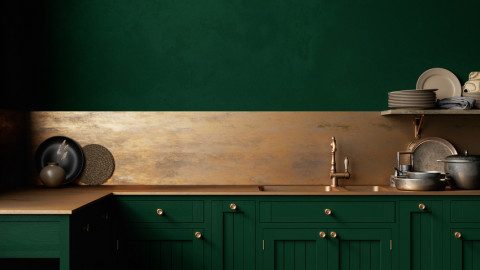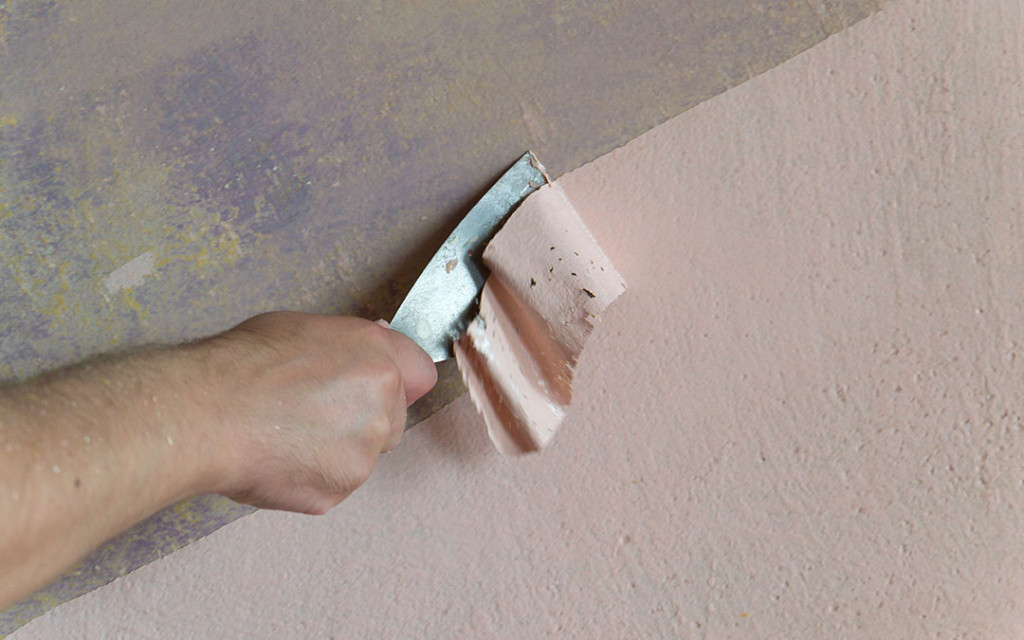
It is an easier task to paint on a metal surface, but it won’t be easy to remove paint from metals. The reason why it is such a hectic work is that paint usually bonds well with all metals. So, if you need to remove paint from the metal surface, you can prefer either home remedies or professional products. The following are a few of the methods by which you can remove paint from the metal surfaces with the least efforts.
Baking Soda
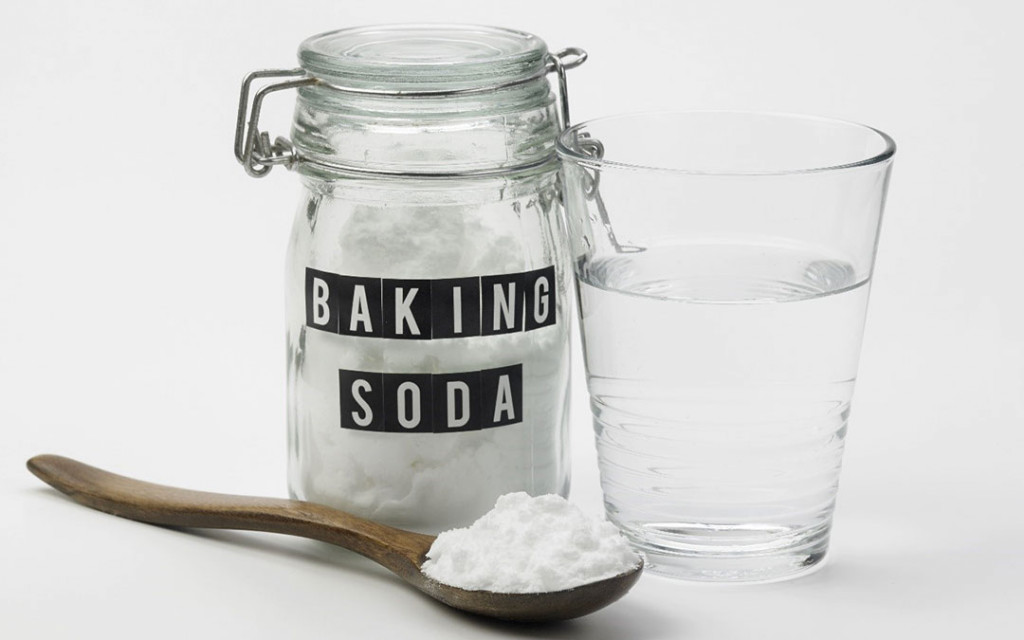
You would have used baking soda every day in the kitchen, but it would be a surprise factor for you that baking soda as a solution, is one of the effortless ways to remove paints from the metal surface. The process of removing paint with baking soda is simple, yet efficient. Initially, take the metal product (from which you should remove paint) & immerse that in a bowl filled with a mixture of hot water and baking soda. This mixture reacts with metal and lets the paint to loosen its bond with metals. Irrespective of the type of paint like enamel, acrylic or oil-based, the baking soda mixture consumes the same time in its paint removal process. Usually, after an hour’s immersion, you can see the paint stripping off from the metals.
Steamer
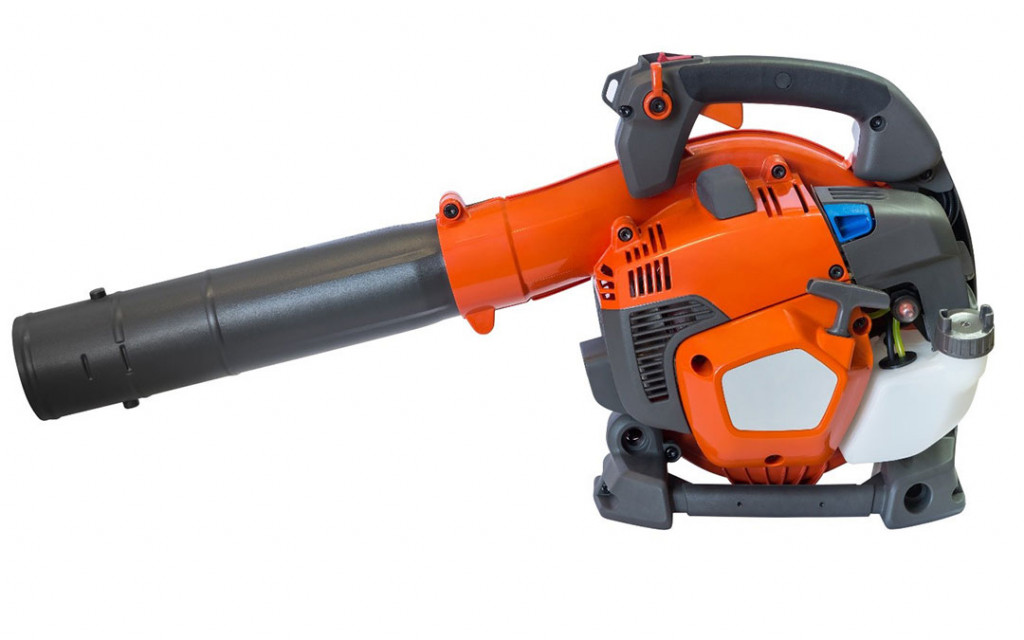
If you are accessible to a blower or a steamer, here comes the solution to remove paint from the metal surface. Take the painted metal surface and start to steam gently on the metal. Once the metal starts reacting to steam (heat), increase the temperature at a slower pace. As a result of temperature rise, the metal starts to loosen its bond with the paint. When you continue steaming the metal for 30 to 40 minutes, the paint on the metal begins to strip and end up curling on the metal surface. Then, you can use a paint scraper and wipe off paint from metal.
Chemical Solutions
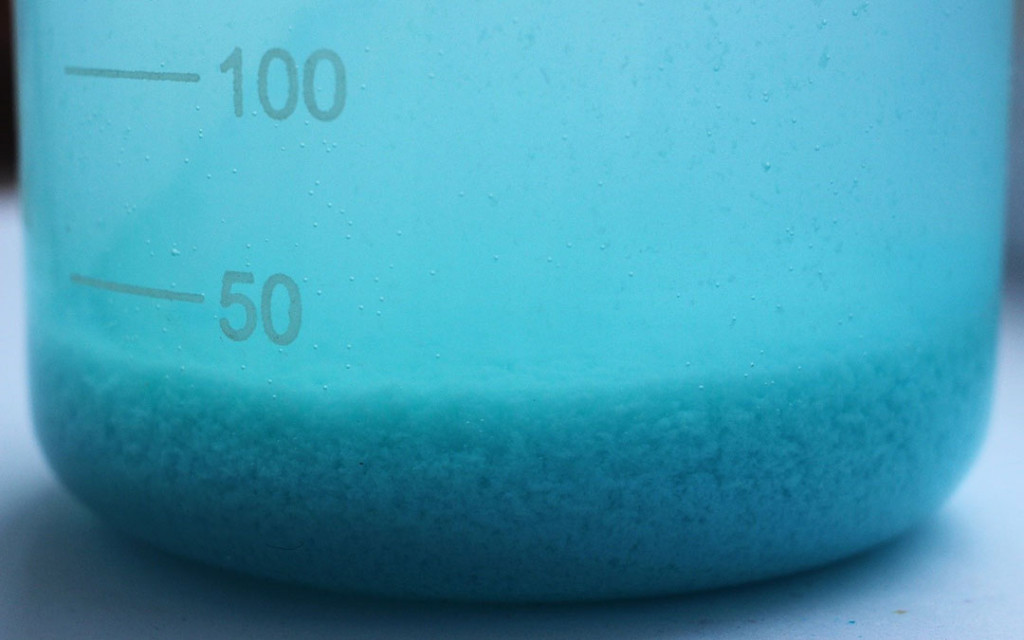
Most of us are not fond of chemicals and their fragrances. But, as a solution to remove paints from the metal surface, chemicals are considered as one of the best options in recent times. All over the globe, Ammonia and Acetone are the two widely used chemicals to remove paint from the metal surface. When ammonia reacts with the metal, it stabilizes acrylic emulsions by raising the PH level. As a result of this, metal loosens its bond with the paint and allows the paint to peel off from metal. It is recommended to use gloves and masks before contacting the chemical solutions as they can be responsible for creating allergic sensation to some of the skin types.
Scrapers
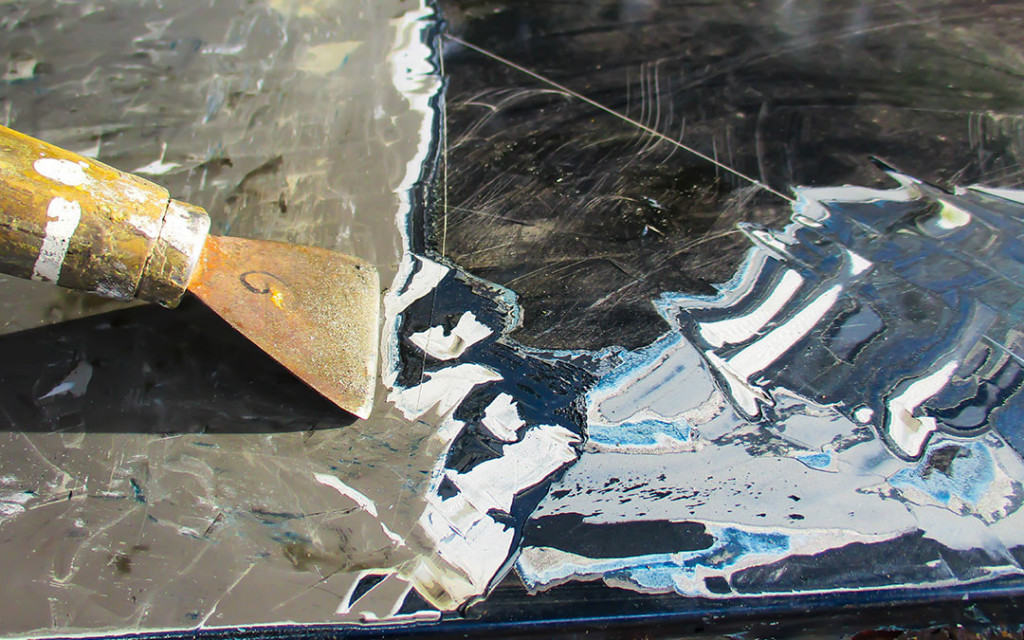
In earlier days when people had no other options to remove paint from the metal surface, mechanical scrapers helped them, yet it consumed much time. After the technological development, many chemicals and new techniques were brought up to wipe off the paint from metal. To get a better result and to simplify the paint removal process, a new trend has been developed in recent days incorporating both the traditional and the modern methods. This method of paint removing uses a tool (scraper) which is filled with chemical depositions. The tip of this tool has many pores to let the chemicals flow on the metal surface. Hence, this tool gives you the dual benefits of mechanical scraping and chemical solutions.
Acidic Concentrations
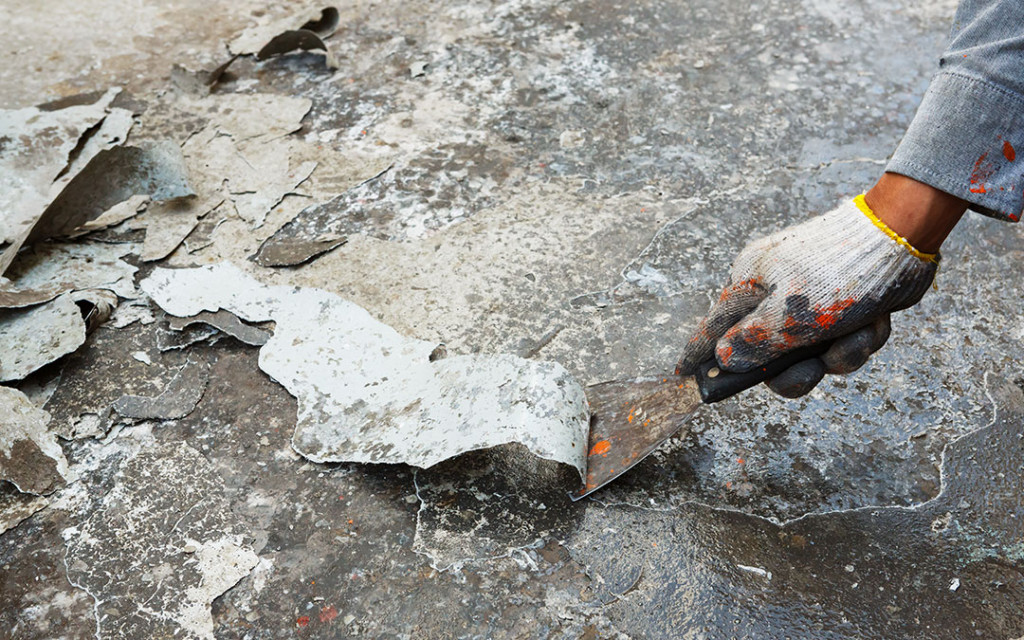
If you need to remove paint from the metal surface instantly with minimal efforts, you should use acidic concentrations. As soon as acidic solution reacts with the painted metal surface, it peels off the paint and evaporates. Since these concentrations are very acidic, they should be handled with utmost care. Some of the acidic solutions used to remove paint from the metal surface are concentric nitric, hydrochloric, and phosphoric acids. Learn more about wall painting mistakes to avoid flawless finish.
While opting for the methods to remove paint from the metal surface, one should be aware of the type of paint which has been applied on the metal surface. Paints such as oil, emulsion, and enamel can be removed quite easily from metal; when compared to epoxy and acrylic. So, it is recommended to use acidic and chemical solutions only on hard paints (acrylic, latex).
Click here to learn how to maintain your wall for long-lasting.



